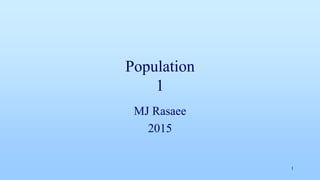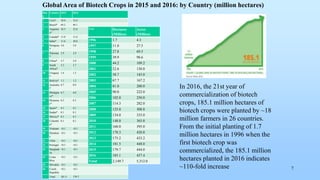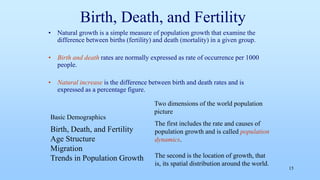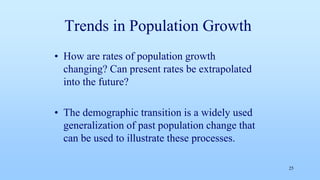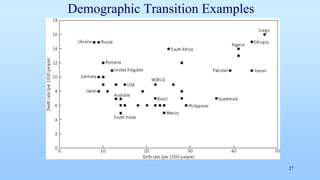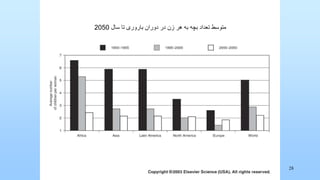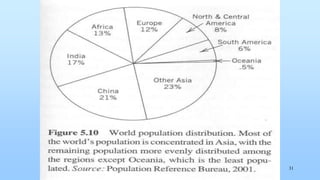The document discusses population growth and food production since Thomas Malthus predicted that population growth would outpace food production, leading to catastrophe. It notes that while population has grown rapidly, food production has grown even faster. The summary also mentions that debates continue about the relationship between population growth, resource consumption, and environmental degradation.
